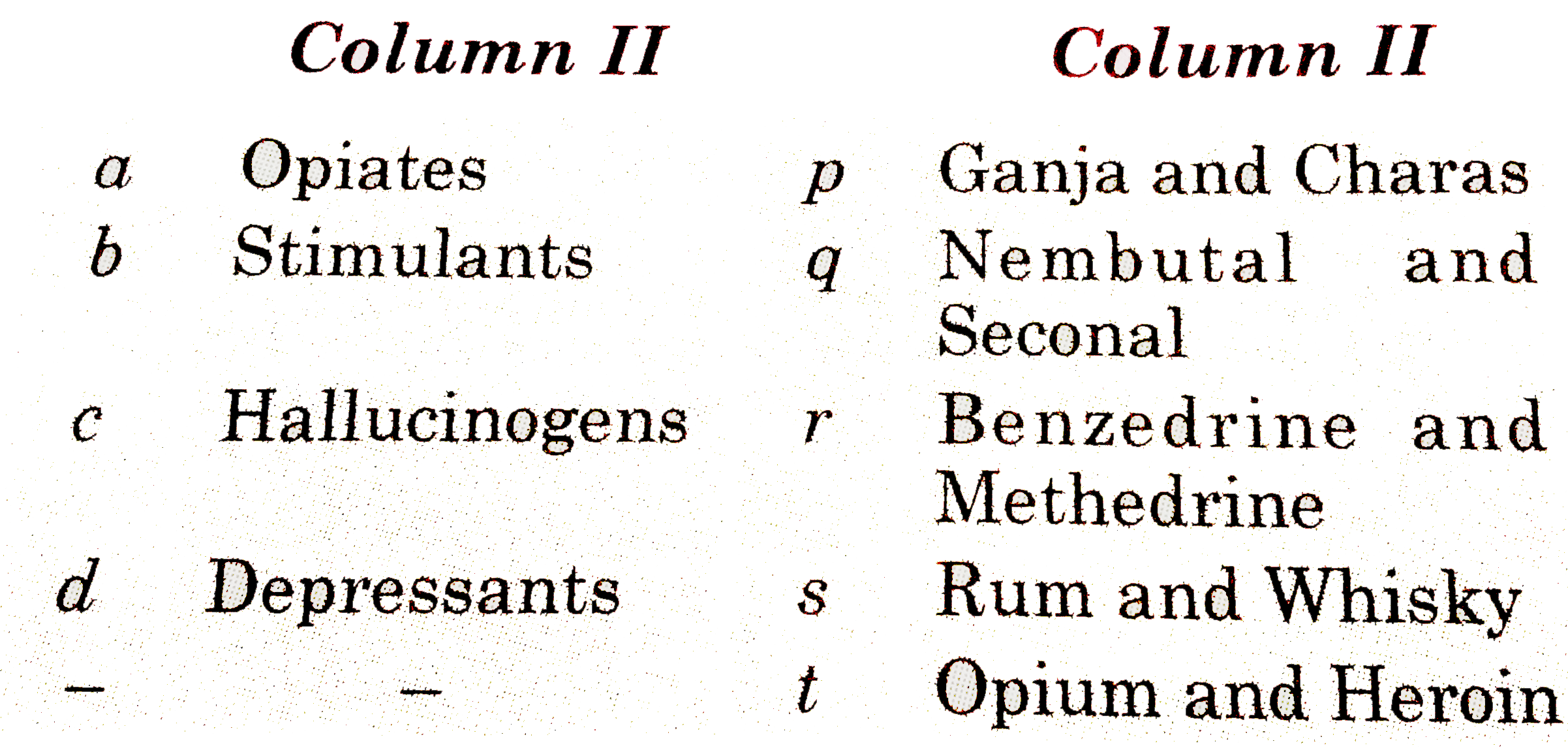If P is an orthogonal matrix and Q=PAPTandx=PT A b. I c. A1000 d. none of theseSolution in Bengali
A
I
A1000
none of these
The correct Answer is:B
PTP=I
Q=PAPT
∴X=PTQ1000P=PT(PAPT)1000P
=PTPAPT(PAPT)999P
=IAPT.PAPT(PAPT)998P
=AIAPT(PAPT)998P
=A2PTPAPT(PAPT)997P
=A3PT(PAPT)997P
=A1000=I (∵ A is involuntary)
Hence, x−1=I.
Topper's Solved these Questions
Similar Questions
Statements -1 : ~(p↔~q) is equivalent to p↔q
Statement-2: ~(p↔~q) is a tautology.
View SolutionIf y=cos−1√√1+x2+12√1+x2,thendydxisequa<o 12(1+x2),x∈R (b) 12(1+x2),x>0 −12(1+x2),x<0 (d) 12(1+x2),x<0
View SolutionIf P is an orthogonal matrix and Q=PAPTandx=PTQ1000P then x−1 is , where A is involutary matrix. A b. I c. A1000 d. none of these
View SolutionIf p is any statement, t and c are a tautology and a contradiction respectively then which of the following is not correct- (a) p∧t=p (b) p∧c=c (c) p∨t=c (d) p∨c=p
View SolutionA square matrix A is said to be orthogonal if ATA=I If A is a square matrix of order n and k is a scalar, then |kA|=Kn|A|.Also∣∣AT∣∣=|A| and for any two square matrix A and B of same order |AB|=|A||B| On the basis of above information answer the following question: If A=⎡⎢⎣pqrqrprpq⎤⎥⎦ be an orthogonal matrix and pqr=1,thenp3+q3+r3 may be equal to (A) 2 (B) 1 (C) 3 (D) -1
View SolutionIf P=[abcd]andQ=[wxyz], then show that (PQ)T=QTPT.
View SolutionThe matrix A =(p−qqp) is orthogonal if and only if
View SolutionIf the pthandqth terms of a G.P. are qandp respectively, show that (p+q)th term is (qppq)1p−q .
View SolutionIf P is an orthogonal matrix and Q=PAPTandx=PTQ1000P then x−1 is , where A is involutary matrix. A b. I c. A1000 d. none of these
View SolutionIf adjB=A,|P|=|Q|=1,thenadj(Q−1BP−1) is PQ b. QAP c. PAQ d. PA1Q
View SolutionIf in an A.P., the pth term is q and (p+q)th term is zero then the qth term is
a.−p b. p c. p+q d. p−q
View SolutionThe incorrect statement is
(A) p →q is logically equivalent to ~p ∨ q.
(B) If the truth-values of p, q r are T, F, T respectively, then the truth value of (p ∨ q) ∧ (q ∨ r) is T.
(C) ~(p ∨ q ∨ r) = ~p ∧ ~q ∧ ~r
(D) The truth-value of p ~ (p ∧ q) is always T
View SolutionIf P is an orthogonal matrix and Q=P A P^T an dx=P^T Q^1000 P then x^(-1) is , where A is involutary matrix. A b. I c. A^(1000) d. none of these
View SolutionIf adjB=A,|P|=|Q|=1,thenadj(Q−1BP−1) is PQ b. QAP c. PAQ d. PA1Q
View SolutionMatch te columns

(1) a-s, b-t, c-r, d-p
(2) a-t, b-q, c-r, d-p
(3) a-t, b-r, c-q, d-p
(4) a-t, b-r, c-p, d-q
View SolutionIf P is an orthogonal matrix and Q=PAPTandx=PTQ1000P then x−1 is , where A is involutary matrix. A b. I c. A1000 d. none of these
View Solution
